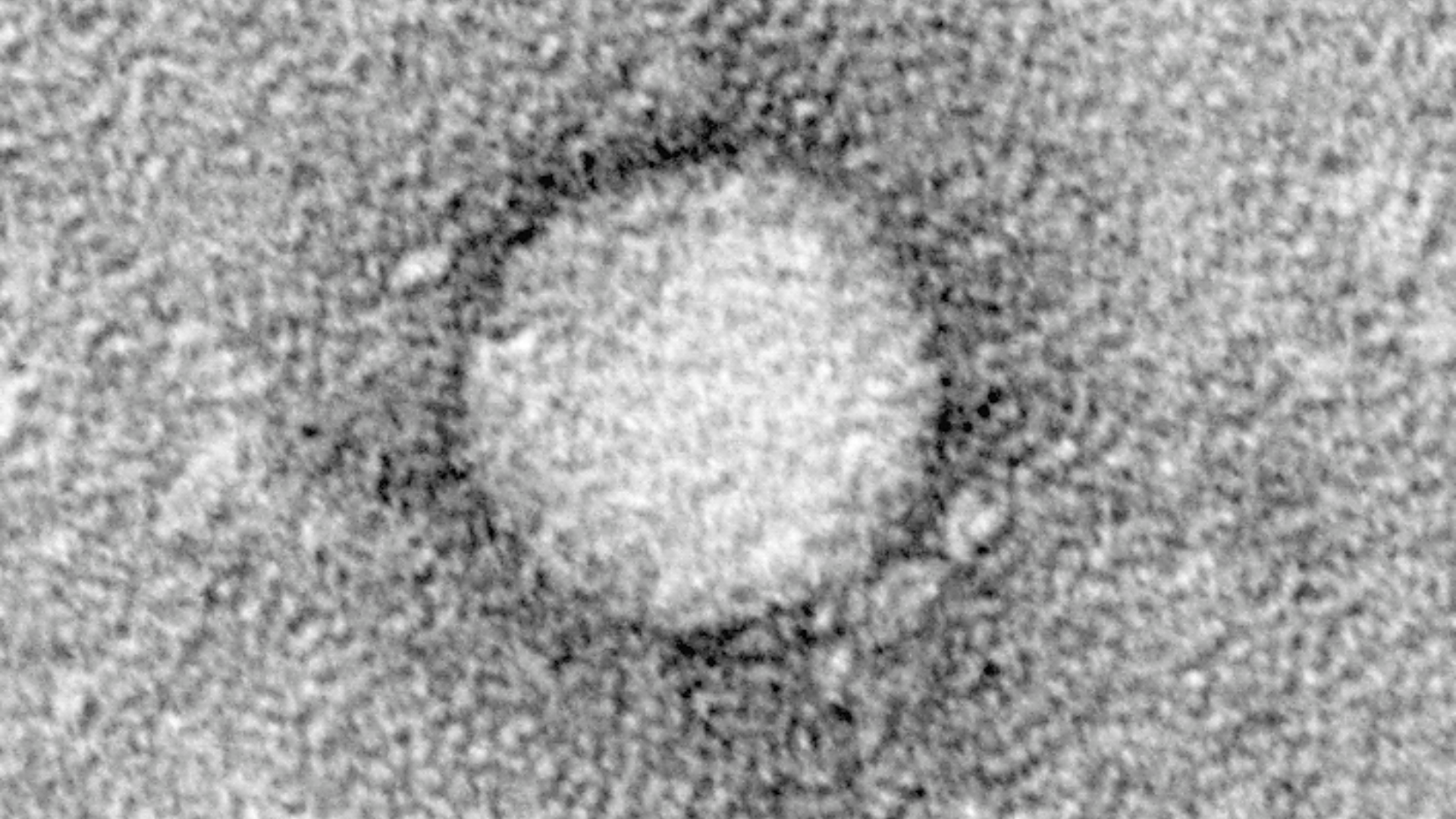The virus
Hepatitis C is an infectious disease caused by the Hepatitis C virus (HCV), a virus that can persist within an individual chronically. Upon initial infection, it triggers inflammation of the liver. While 20% of adults recover from this initial phase, in 80% of cases, the infection progresses to chronic inflammation. Hepatitis C's ability to endure in the body is attributed to its evasion of the immune system. Until now, the precise mechanisms behind this evasion were unclear.
Disguised in FAD
Danish researchers have recently unraveled this mystery. Surprisingly, the virus employs the molecule flavin adenine dinucleotide (FAD) as its disguise. FAD is also present in human cells, and as such, our immune system is not trained to respond to it. Conversely, our immune cells typically respond to viral RNA. Upon a viral infection, our immune system identifies these foreign molecules and eliminates them. The Hepatitis C virus encapsulates one end of its RNA in FAD. This clever strategy prevents our immune system from being alerted, enabling the virus to persist stealthily within our bodies.
Treatments for viral diseases
Effectively treating viral infections remains challenging due to viruses frequently masquerading or hiding within our own cells. Thus, understanding how viruses elude detection is of utmost importance. This marks the initial step toward developing effective medications.
Furthermore, it is plausible that other viruses employ similar disguising mechanisms. All RNA viruses, in fact, possess strategies to evade our immune system. Therefore, this discovery is merely the commencement of a lengthy yet promising journey toward crafting treatments for viral illnesses.
Source: nature.com
Sherwood, A. V., Rivera-Rangel, L. R., Ryberg, L. A., Larsen, H. S., Anker, K. M., Costa, R., ... & Vinther, J. (2023). Hepatitis C virus RNA is 5′-capped with flavin adenine dinucleotide. Nature, 1-8.
Autor: Noa Hudepol

